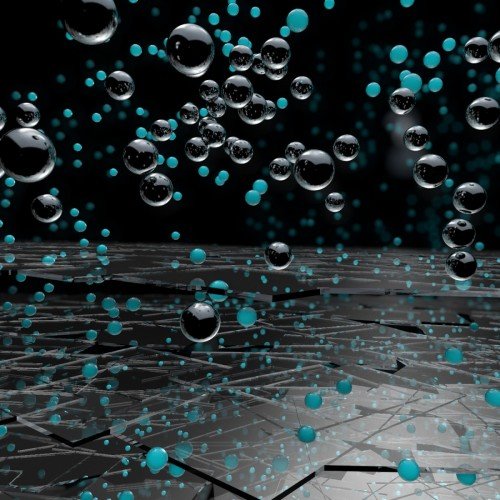
Graphene Water Filtration: Revolutionizing Clean Water Technologies
Access to clean and safe drinking water remains a pressing global challenge. Graphene, a two-dimensional material composed of a single layer of carbon atoms, has emerged as a transformative solution in water filtration technologies. Its unique properties, including exceptional strength, high surface area, and remarkable filtration capabilities, are paving the way for advanced, efficient, and sustainable water purification methods.
Why Graphene for Water Filtration?
Graphene’s distinct properties make it an ideal material for water filtration:
- High Permeability:
- Allows water molecules to pass through while blocking contaminants, ensuring rapid filtration rates.
- Selective Filtration:
- Effectively removes salts, heavy metals, organic pollutants, and pathogens from water.
- Mechanical Strength:
- Durable and resistant to wear, ensuring long-lasting filtration systems.
- Anti-Fouling Properties:
- Resists biofouling and clogging, maintaining efficiency over time.
- Scalability:
- Can be engineered into membranes or incorporated into existing filtration systems for widespread use.
How Does Graphene Water Filtration Work?
Graphene is used in various forms for water purification:
- Graphene Oxide (GO) Membranes:
- GO membranes are highly effective in desalination, removing salts from seawater through nanometer-scale pores.
- Functionalized Graphene:
- Chemically modified graphene can target specific contaminants, enhancing selectivity and efficiency.
- Graphene Composites:
- Integrated with other materials to create hybrid membranes for improved mechanical and filtration performance.
- Electrochemical Water Treatment:
- Graphene-based electrodes facilitate electrochemical reactions, breaking down organic pollutants and sterilizing water.
Applications of Graphene Water Filtration
- Desalination:
- Converts seawater into freshwater, addressing water scarcity in arid regions.
- Industrial Wastewater Treatment:
- Removes heavy metals, dyes, and organic pollutants from industrial effluents.
- Municipal Water Purification:
- Enhances the efficiency of water treatment plants by removing microplastics and pathogens.
- Point-of-Use Filtration Systems:
- Incorporated into household and portable water filters for on-demand clean water.
- Emergency and Disaster Relief:
- Provides a lightweight and portable solution for clean water in disaster-stricken areas.
- Agricultural Applications:
- Treats irrigation water to prevent soil salinity and contamination.
Advantages of Graphene Water Filtration
- High Efficiency:
- Removes contaminants at a molecular level with minimal energy consumption.
- Cost-Effective:
- Reduces operational and maintenance costs due to its durability and anti-fouling properties.
- Sustainability:
- Minimizes chemical usage and waste generation in water treatment processes.
- Customizability:
- Tailored to target specific contaminants or adapt to varying water quality.
- Compact and Lightweight:
- Ideal for portable filtration systems and remote applications.
Challenges in Graphene Water Filtration
- Production Costs:
- High costs of graphene synthesis limit widespread adoption.
- Scalability:
- Scaling up production of graphene membranes while maintaining quality is a significant hurdle.
- Material Stability:
- Ensuring long-term stability and performance under varying conditions requires further research.
- Integration with Existing Systems:
- Adapting graphene-based solutions to current water treatment infrastructures can be challenging.
Future Directions
- Cost-Effective Manufacturing:
- Developing affordable and scalable methods for graphene production to lower costs.
- Hybrid Membranes:
- Combining graphene with other advanced materials to enhance filtration capabilities.
- Smart Filtration Systems:
- Integrating sensors for real-time monitoring of water quality.
- Global Collaboration:
- Promoting partnerships between academia, industry, and governments to accelerate adoption.
- Environmental Applications:
- Expanding the use of graphene filtration in addressing environmental pollution and restoring aquatic ecosystems.
Conclusion
Graphene water filtration is poised to revolutionize clean water technologies, offering unparalleled efficiency, sustainability, and versatility. As research continues to overcome current challenges, graphene’s role in addressing global water scarcity and improving water quality will become increasingly significant. By leveraging its unique properties, graphene-based filtration systems can pave the way for a future where access to clean water is universal and sustainable.
